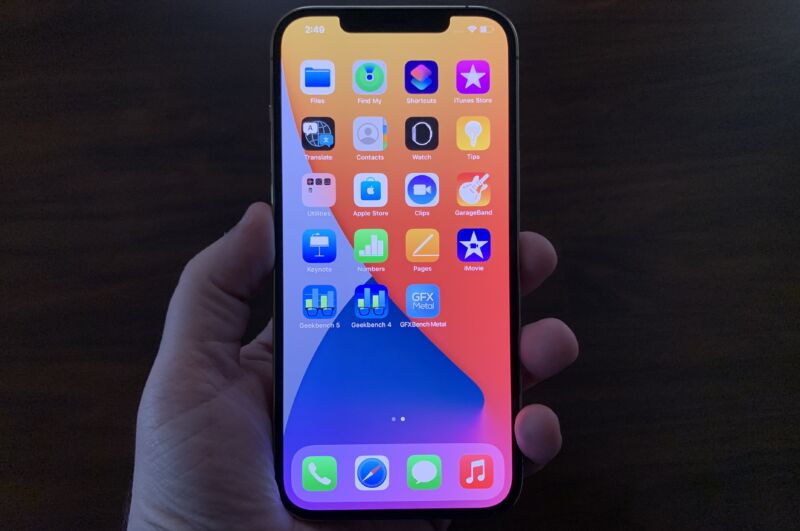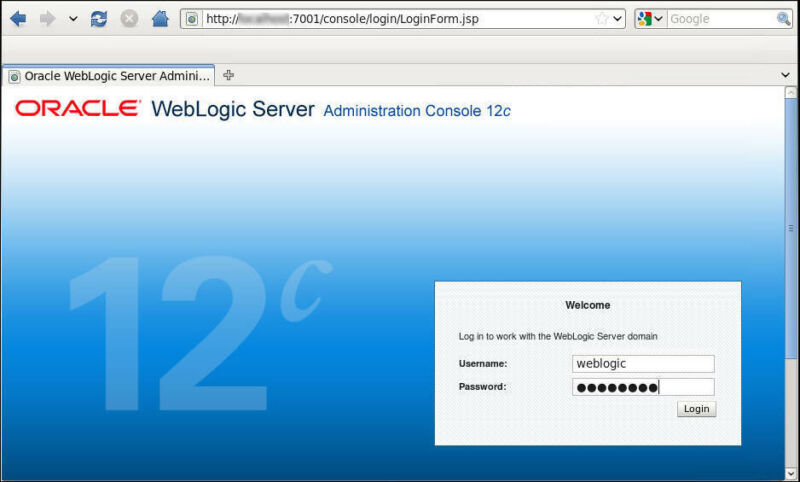-
 chevron_right
chevron_right
2020 had its share of merorable hacks and breaches. Here are the top 10
Dan Goodin · news.movim.eu / ArsTechnica · Monday, 28 December, 2020 - 12:46

Enlarge (credit: Traitov | Getty Images )
2020 was a tough year for a lot of reasons, not least of which were breaches and hacks that visited pain on end users, customers, and the organizations that were targeted. The ransomware menace dominated headlines, with an endless stream of compromises hitting schools, governments, and private companies as criminals demanded ransoms in the millions of dollars. There was a steady stream of data breaches as well. Several mass account takeovers made appearances, too.
What follows are some of the highlights. For good measure, we’re also throwing in a couple notable hacks that, while not actively used in the wild, were impressive beyond measure or pushed the boundaries of security.
The SolarWinds hack
2020 saved the most devastating breach for last. Hackers that multiple public officials say are backed by the Russian government started by compromising the software distribution system of SolarWinds, the maker of network monitoring software that tens of thousands of organizations use. The hackers then used their position to deliver a backdoored update to about 18,000 customers. From there, the hackers had the ability to steal, destroy, or modify data on the networks of any of those customers.








